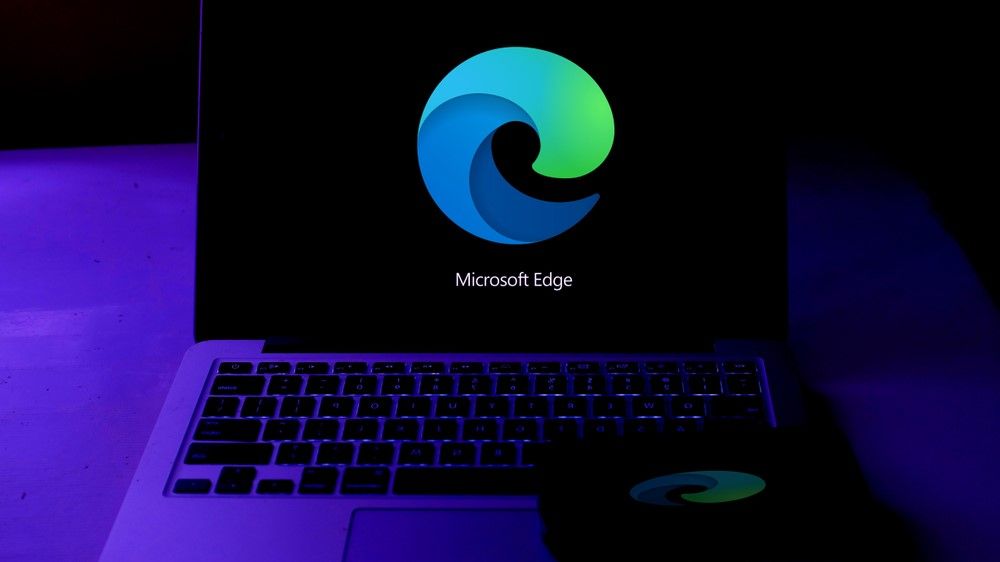In the current hyperconnected medical care environment, the supply chain has silently become one of the most vulnerable digital borders in the sector. Once seen purely as a logistics or acquisition function, the modern medical care chain now includes everything, from pharmaceutical distributors and cloud -based software suppliers to diagnostic platforms and medical devices manufacturers. This expansive ecosystem, although critical for patient care, is also under siege and should be protected.
Cybercriminals have recognized this opportunity. Instead of directing hospitals, they are increasingly violating third -party suppliers to interrupt services, access to confidential data and maintain the hostage of critical systems for patients. The implications are of great reach, which leads to delayed treatments, committed medical equipment, critical supplies and the alarming risk of counterfeit or manipulated materials that enter the system.
As the NHS promotes its transformation from the analogue to the digital, as part of the United Kingdom government plan to build an adequate NHS for the future, the need for robust cyber security becomes even more pressing. Empowering people to take control of their own health is a powerful step forward, but also expands the fingerprint that must be protected. To safeguard the patient's confidence and guarantee the provision of safe and without problems, defenses should now extend beyond the hospital walls to each point in the medical care supply chain.
General Manager, Emea, Trustwave.
A point of entry overlooked in a complex ecosystem
The same interdependence of the digitized and interconnected network of today's medical care chain is increasingly putting the entire system at risk. Gone are the days of cybersecurity in medical care that focus mainly on internal systems. Today, vulnerability to a third -party supplier can be the weak link that opens the door to a generalized interruption. Whether they are patient records held by cloud suppliers, the digital tools used in the diagnosis or logistics systems that guarantee the timely delivery of medications, each component in this ecosystem is a potential objective.
The latest Trustwave research report reveals that vulnerabilities in third -party systems or devices may have waterfall effects for medical care organizations. To maximize the harmful impact, cybercounts are aimed at health software suppliers, knowing that compromising a single supplier could give them access to multiple hospitals and health facilities at the same time. An excellent example of this was Ransomware 2022 in the advanced computer software group, an important IT supplier for the United Kingdom health and care sector. The breach, which exploded an account that lacked multifactor authentication, interrupted the critical NHS services, including NHS 111 and pledged the personal data of more than 79,000 people, some of whom received attention in their own homes.
Ransomware attacks
Similarly, the ransomware attack against that pathology association, Synnovis, which occurred as recently as 2024, caused significant interruptions to NHS services in southeast London. The attack affected all Synnovis IT systems and severely reduced the ability to process pathology samples. This led to diagnostic and treatment delays, with multiple negatively affected patients and some postponed or completely canceled procedures.
Such incidents serve as a marked reminder that bets in medical care are exclusively high. A ransomware attack not only blocks files. Freeze operational theaters, delays chemotherapy or prevents recipes from being processed. In the worst case, such threats can result in delayed clinical or diagnostic errors, with potentially mortal consequences.
Hospitals and medical care providers cannot afford prolonged inactivity times. Cybercriminals are aware of this vulnerability, which makes the health sector one of the most specific industries. The pressure to pay the rescue and restore services quickly makes it a main objective for attackers with financial motivation.
Medical devices are particularly at risk. Imagine a compromised infusion pump or a fan that works poorly caused by manipulated firmware. These are not just hypothetical threats rather, very real possibilities in the increasingly dangerous cyber environment today. In fact, recently as January 2023, an insulin bomb manufacturer revealed an exposure to the IP address to the following month, an infusion pump supplier recognized a vulnerability that allows unauthorized access to personal data. Shortly after, a cardioverter defibrillator product reported a vulnerability that led to data violation that affects more than 1 million people.
Such incidents underline a tough reality: when cybersecurity fails in medical care, it is not only data, but lives that are at stake.
Of the national risk to the global priority
In the United Kingdom, NHS is one of the most reliable institutions and maintaining public confidence is vital. But cybersecurity cannot be addressed in isolation. The cyber threat to the health sector is not only a national risk, but a part of a broader international challenge. It requires a coordinated and cooperative response, both within the United Kingdom and with partners throughout Europe and beyond.
A critical component to strengthen cyber defenses of the health supply chain is the exchange of cross -border threats, since the digital nature of medical care means that attacks can come from anywhere. The institutions of the United Kingdom, cybersecurity companies and government agencies must work in close collaboration with their international counterparts to share threat intelligence, track criminal activity and quickly respond to emerging risks. This includes monitoring forums in which NHS -related data can be negotiated or discussed.
Shared intelligence is also effective when it is specific and processable. The medical care chain has unique challenges that require a personalized analysis. National organizations such as the National Cyber Security Center (NCSC), in collaboration with industry consortiums, should lead efforts to coordinate information exchange networks adapted to medical care.
In addition, private medical care providers and NHS must begin to impose stricted safety standards on their suppliers and partners. As the best practice, contracts must clearly explain responsibilities around non -compliance notification, data protection and compliance with the United Kingdom regulations, such as the Data Protection Law and the NHS DSP tools Kit standards. Adopting a zero trusted architecture can help mitigate the impact of supply chain violations.
Ongoing efforts
The efforts in this effect are already underway, with the government elaborating the draft Cyber Security and Resilience. In Parliament it will be introduced into Parliament in 2025, this bill aims to strengthen the cybernetic defenses of the United Kingdom through the expansion of regulatory coverage to include more digital services and supply chains, which are increasingly attacked by cybercriminals.
With the recent high profile cyber attacks in critical public services, such as the NHS that underlines urgency, the bill will address vulnerabilities in the critical infrastructure of the nation, ensuring that essential services such as medical care are better protected. It will also improve report requirements to improve the understanding of the government of emerging threats and provide regulators with the necessary tools to proactively identify and address potential risks.
Together with external collaboration and regulation, internal cybernetic defenses of the United Kingdom's health suppliers must also be carried out. That begins with culture. Personnel and NHS administrators of the NHS must receive regular training on Phishing, Social Engineering and Password Security. In addition, the implementation of multifactor authentication (MFA), robust access control and continuous monitoring significantly reduce the risk of future cyber attacks. Finally, inherited systems must be patched regularly and the backup and data recovery plans must be tested and refined to ensure that medical care services can quickly recover from any interruption.
Cybersecurity as a public health service
At the end of the day, ensuring the medical care chain is not only a technical task, but a duty of care. Patients trust their medical care providers to maintain their data and safe lives. As digital thread in medical care becomes more essential for how we diagnose, treat and provide attention, this trust must be extended to technologies and external suppliers that our medical care providers choose to associate.
Recent cyber incidents in the medical care chain are not isolated attacks. They are signs that the action must be taken now and in collaboration to close the security gaps and protect the arteries of our health system. Only through shared responsibility, strong standards and implacable surveillance can be ensured that technologies destined to heal do not become the same damage vectors.
We have compiled a list of the best electronic health record software.
This article was produced as part of the Techradarpro Insights Expert Channel, where we present the best and most brilliant minds in the technology industry today. The opinions expressed here are those of the author and are not necessarily those of Techradarpro or Future PLC. If you are interested in contributing, get more information here:









